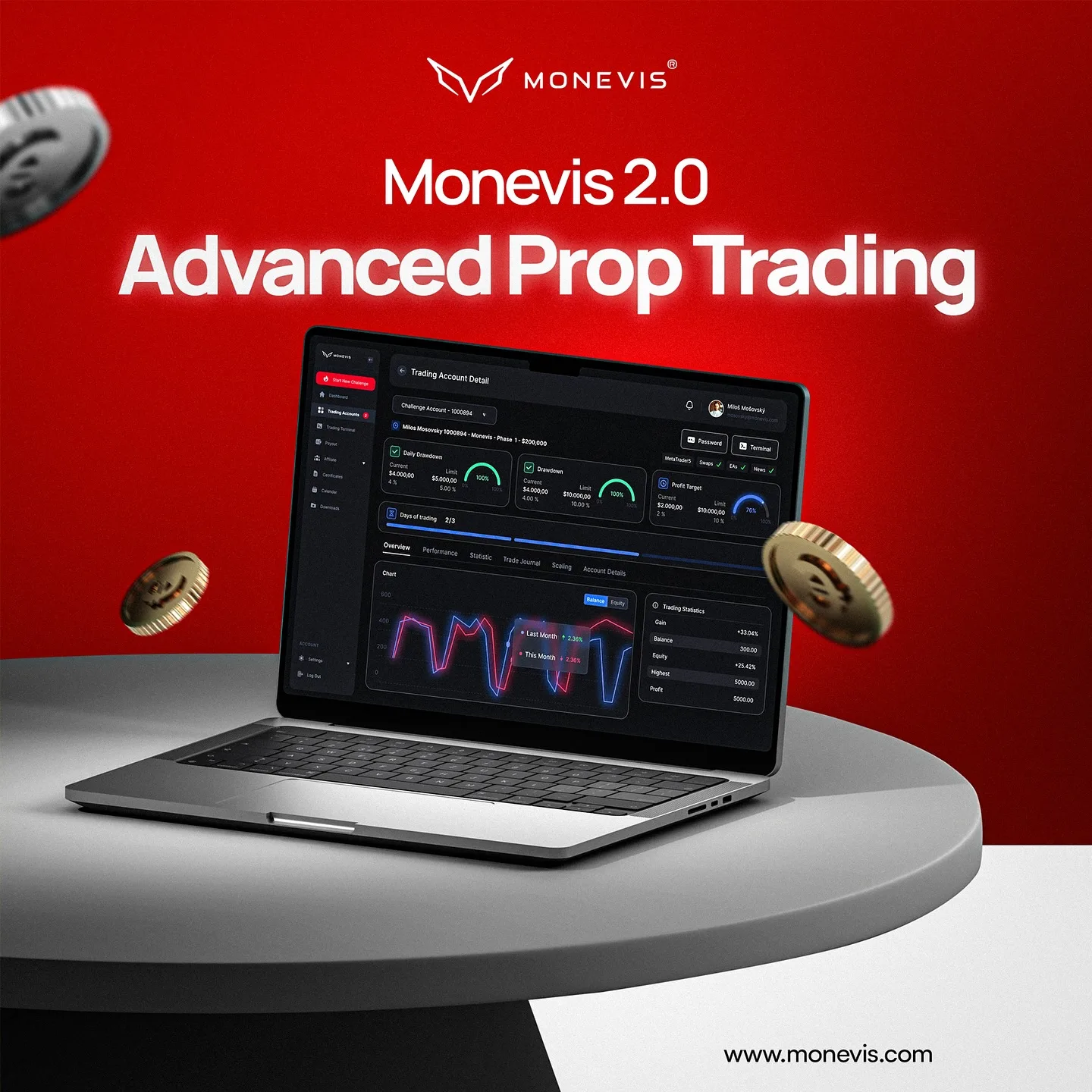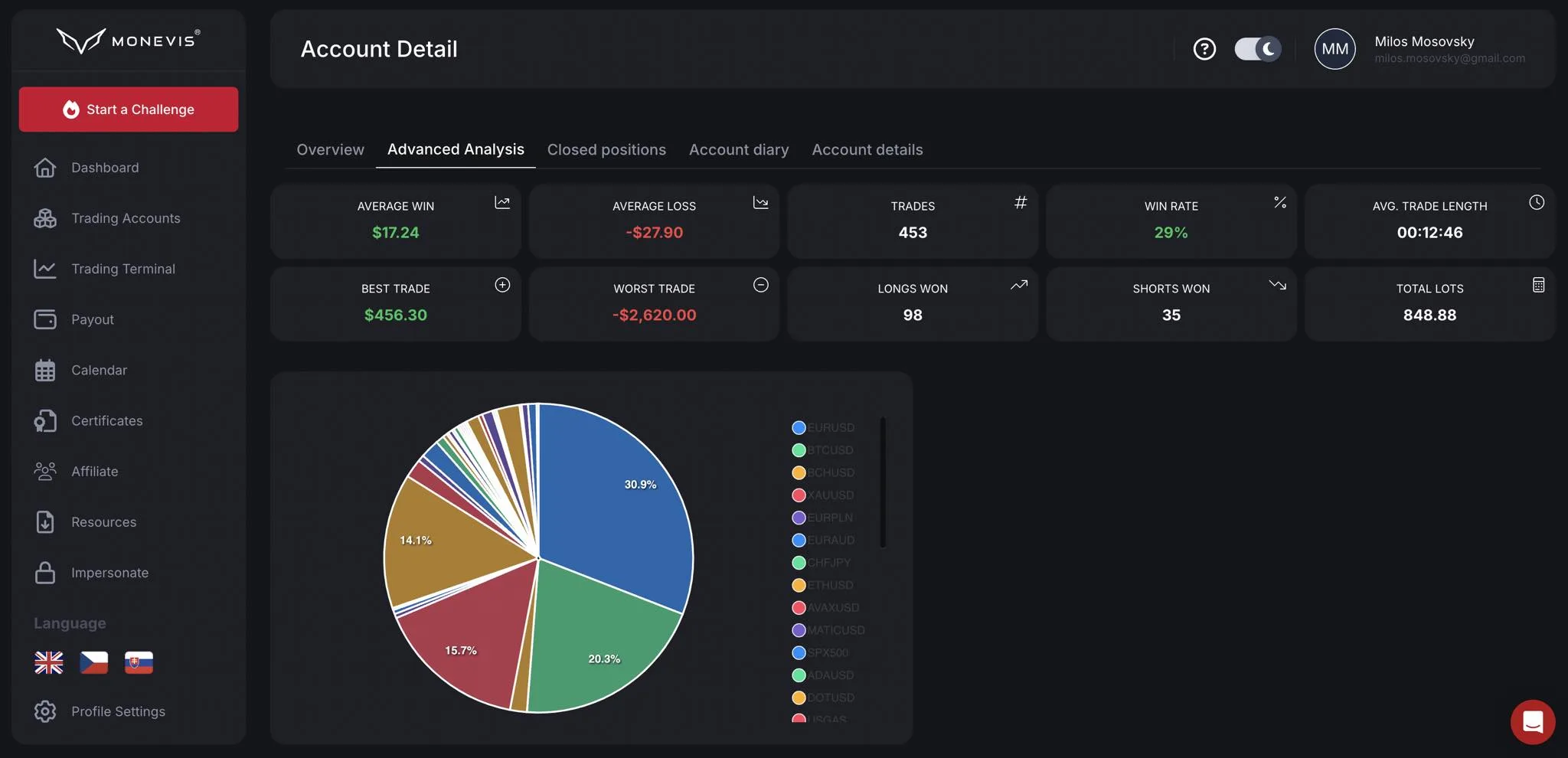HOT TIP: Unleash your trading potential with Monevis®

Understanding Prop Trading Strategies
Proprietary trading, also known as ‘prop trading,’ is a trading strategy where a financial firm trades stocks, currencies, commodities, derivatives, and other financial instruments with its own capital, realizing gains or losses for itself. The key aspect of this strategy is that it does not involve clients or customers. Instead, the firm aims to make profits for its own trading account. In this article, we will delve into the complexities of prop trading strategies, their types, benefits, and risks, providing a comprehensive understanding of this fascinating aspect of the financial world.
Types of Prop Trading Strategies
Prop trading strategies can be broadly classified into four categories: directional strategies, non-directional strategies, arbitrage strategies, and market-making strategies.
Directional Strategies
In a directional strategy, traders predict the direction of the market or a specific security. They make decisions based on market trends or economic indicators. The trader profits if the prediction is correct. Some common types of directional strategies include trend following, swing trading, and momentum trading.
Non-Directional Strategies
Unlike directional strategies, non-directional strategies do not rely on predicting market movements. Rather, they focus on the volatility of the market. They aim to make a profit regardless of the market’s direction. Options trading is a common example of a non-directional strategy.
Arbitrage Strategies
Arbitrage strategies aim to exploit price differences in different markets. Traders buy a security in one market at a lower price and sell it in another market at a higher price. This strategy requires advanced technology and precision timing to take advantage of brief price discrepancies.
Market-Making Strategies
Market makers provide liquidity to the markets by continuously buying and selling securities. In return, they receive the bid-ask spread. This strategy requires a substantial amount of capital and a deep understanding of the market dynamics.
Pros and Cons of Prop Trading
Like any investment strategy, prop trading also has certain advantages and disadvantages.
Advantages of Prop Trading
Independence: In a prop trading scenario, traders have complete control over their trading decisions. They are not accountable to any clients or customers.
High Profit Potential: Prop trading can offer higher profit potential as the firm can take on more risk with its own capital.
Flexibility: Prop traders are not constrained by client mandates or restrictions. They have the flexibility to trade a wide range of financial instruments.
Disadvantages of Prop Trading
Risk: The primary disadvantage of prop trading is the higher risk. If the trading decisions are not successful, the firm stands to lose its own capital.
Regulatory Scrutiny: Prop trading is often subject to heavy regulatory scrutiny due to the potential for conflicts of interest and market manipulation.
High Pressure: Prop traders face high pressure to perform and generate consistent profits.
Successful Prop Trading: Key Points to Remember
While prop trading can be lucrative, it also requires a high level of expertise, discipline, and resilience. Here are a few tips to excel in prop trading:
Knowledge: Understanding the markets, economic indicators, and trading strategies is crucial. Continuous learning and staying updated about market trends is a must.
Risk Management: Prop trading involves high risk. Hence, effective risk management strategies are essential. This includes setting stop losses, diversifying trades, and not investing more than you can afford to lose.
Discipline: Successful prop trading requires trading discipline to stick to your trading plan, avoid impulsive decisions, and not let emotions drive trading behavior.
Technology: Modern trading strategies require sophisticated technology for market analysis, executing trades, and managing portfolios. Thus, investing in good trading software can be beneficial.
Conclusion
Prop trading is a significant part of the financial world, providing liquidity and contributing to market efficiency. Despite its associated risks, it can offer substantial returns for those who master its intricacies. By understanding different prop trading strategies, their benefits, and risks, one can navigate this challenging terrain with confidence and skill. Whether you are considering a career in prop trading or looking to understand its role in the financial markets, gaining a deep understanding of prop trading strategies is invaluable.
HOT TIP: Unleash your trading potential with Monevis®
